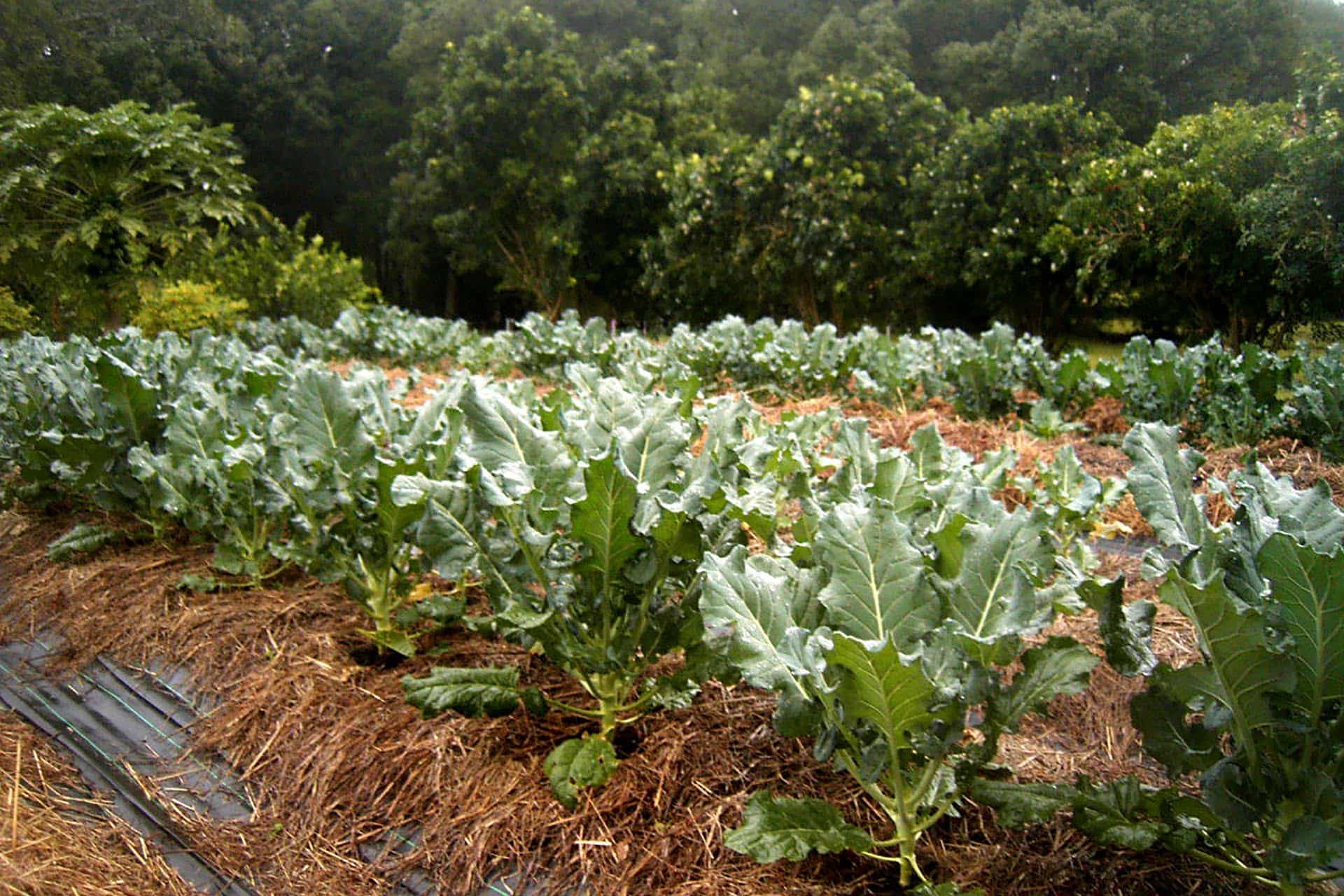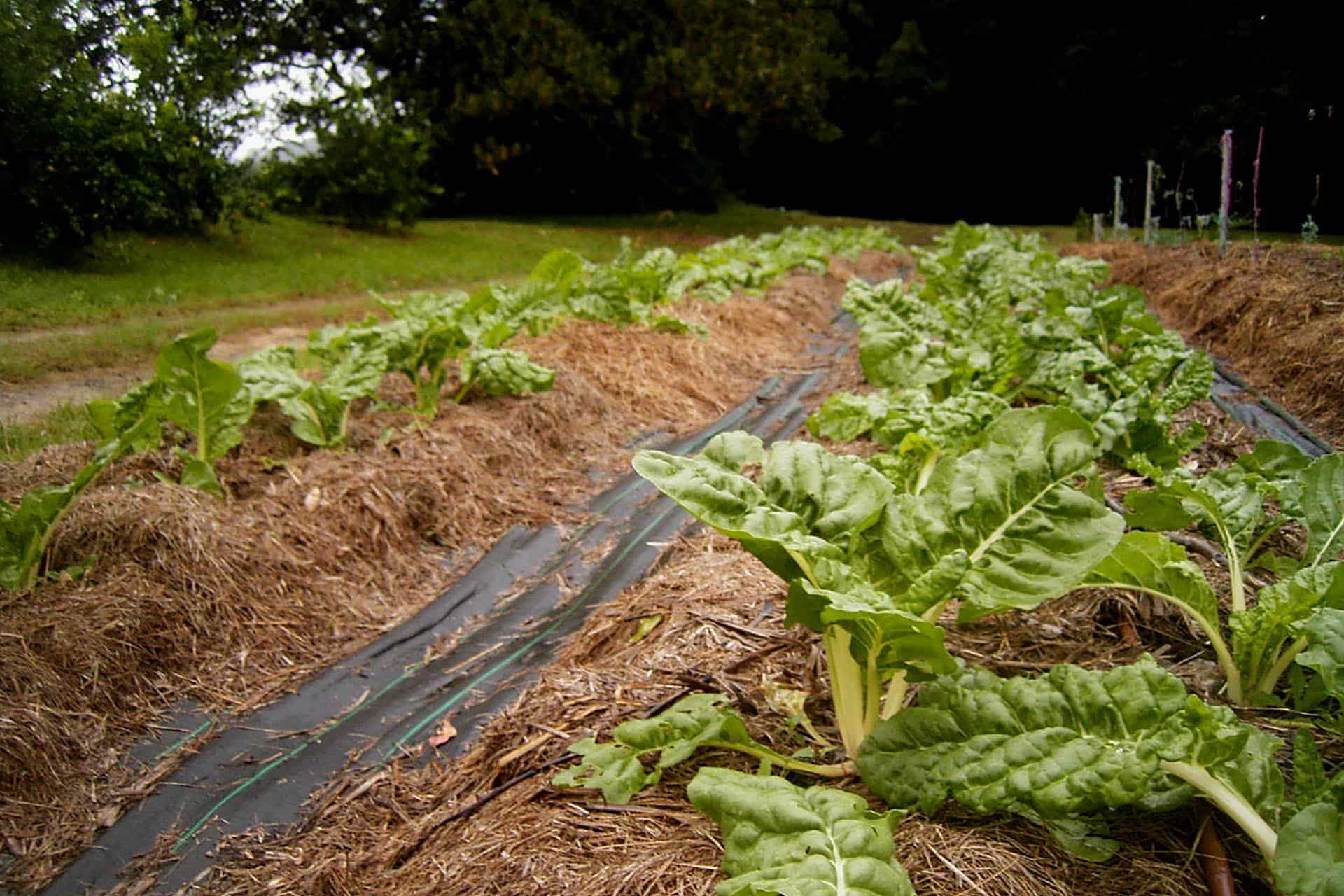Planting guide
Many of the combinations are based on “folk-lore”, inherited by generations of gardeners, and we really don’t know how they work or if in fact they really do. However, science is starting to identify reasons for these beneficial interactions, such as the chemicals excreted by plant roots. Feel free to conduct your own experiments and see if you think there is a benefit in certain combinations. The most positive outcome of companion planting is that it creates biodiversity in the garden and that on its own is beneficial to all your plants.
Good companions
Often these crops just seem to work well together. We’ve taken it for granted that these combinations of plants have been tried and tested by generations before us and if they work, that’s great for us. If you try a combination and feel that it is not proving beneficial, then by all means try a different companion.
Some combinations are used because they make common sense. For example, plants that have roots close to the surface, such as lettuce, can be planted next to those that send their roots deeper, like tomatoes. These each get their nutrients from different levels within the soil. Another example of such compatibility is using taller-growing plants to provide shade for other plants, such as planting sunflowers to shade cucumbers.
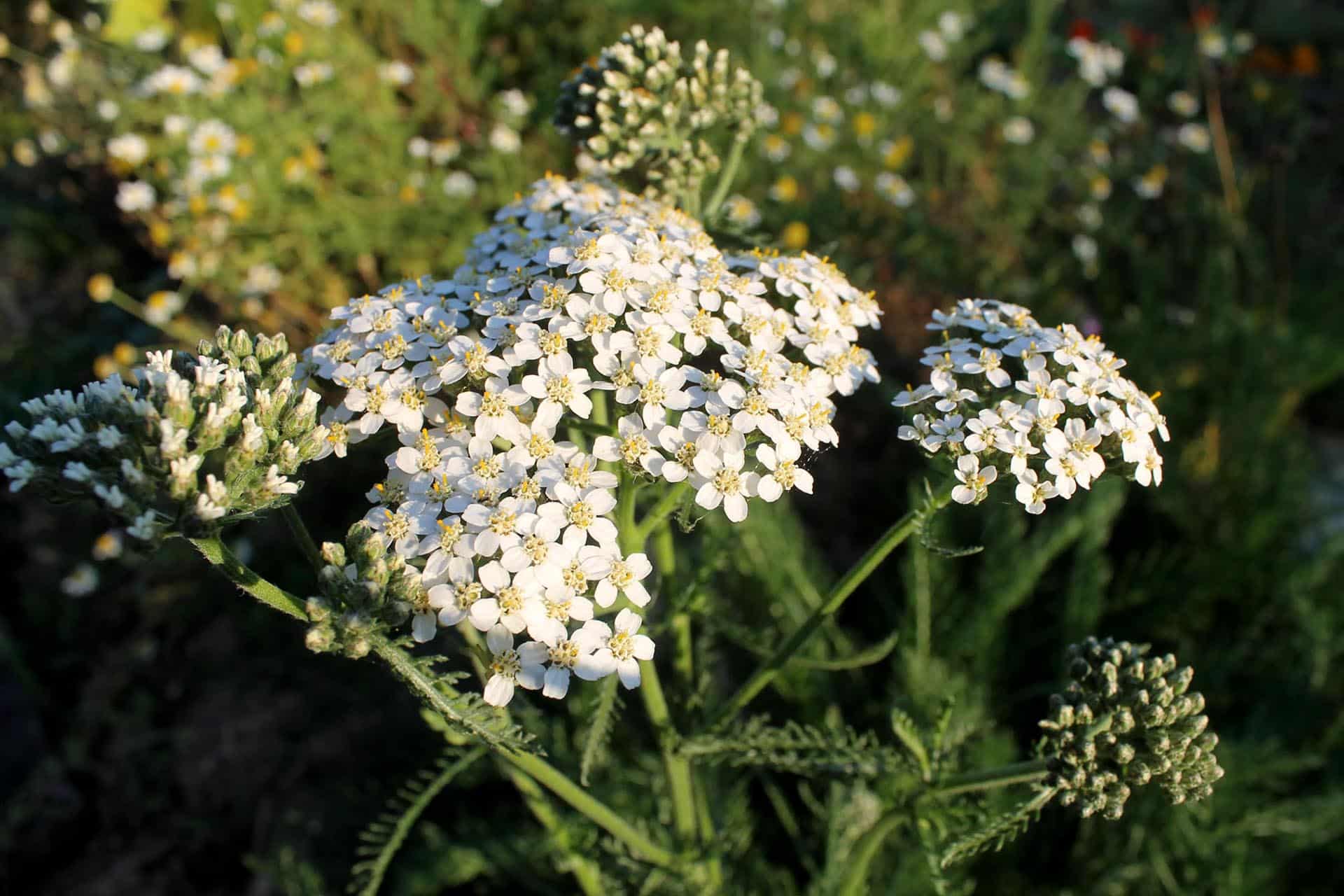
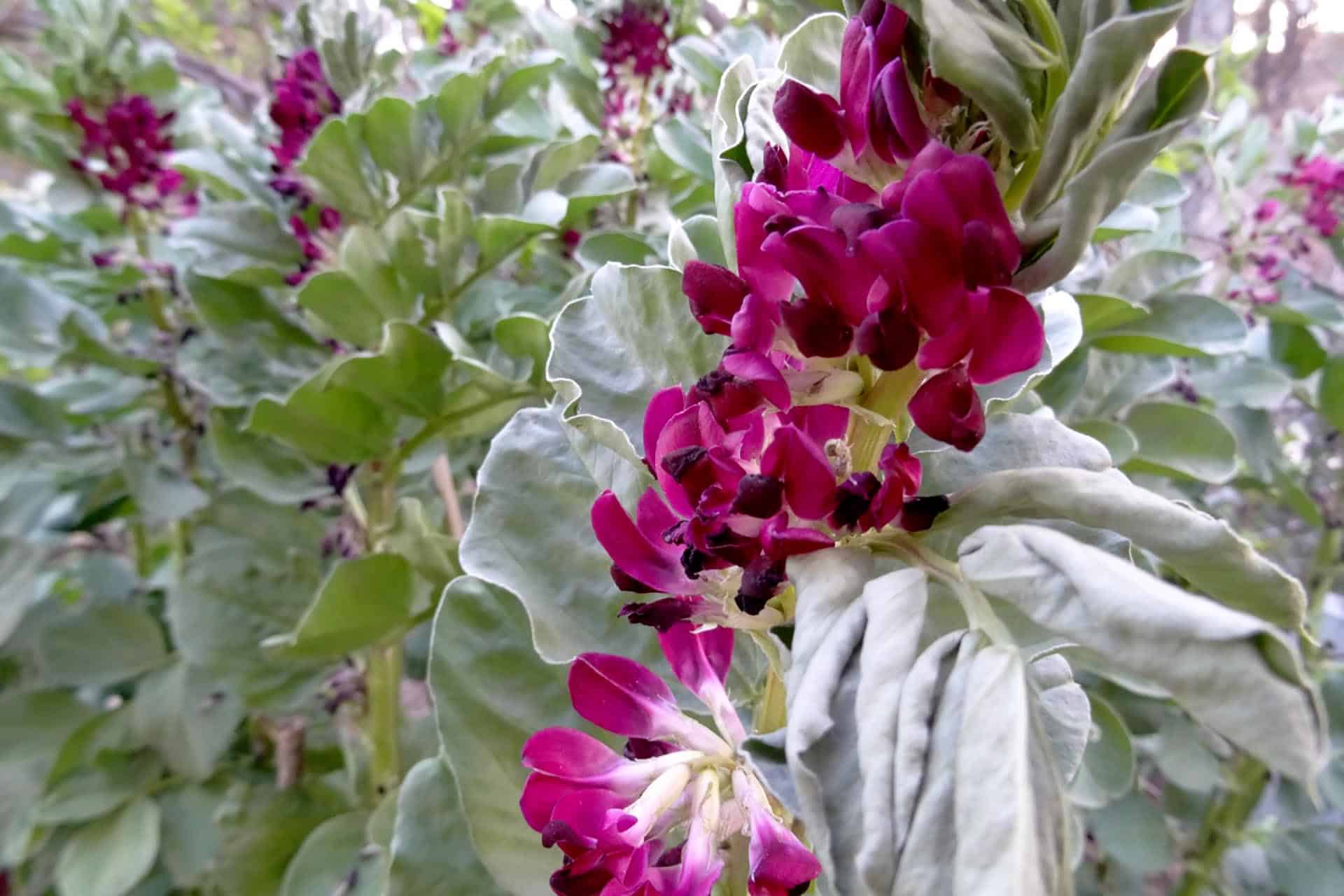
Good Companions list
Apples – Chives (protect against apple scab) / Clover / Garlic / Nasturtiums
Apricots – Basil / Tansy
Asparagus – Basil /Coriander / Marjoram / Parsley/ Tomatoes (repel asparagus beetle)
Beans – Beetroot (with dwarf bush beans) / Cabbage family / Carrots / Celery / Cucumbers / Eggplant / Lettuce / Peas / Parsley / Potatoes (with broad and dwarf beans) / Spinach / Strawberries / Sweetcorn / Tomatoes
- Dwarf beans in alternating rows with beetroot and potato will increase plant health and crop yield.
- Runner beans love family and pet hair. Place vacuum contents and sodden newspapers in a trench before planting.
Beetroot – Beans (dwarf bush) /Cabbage family / Dill / Garlic / Lettuce / Marjoram / Onions / Peas / Potato /Silverbeet / Spinach
Cabbages (Brassicas) – Beans / Beetroot / Carrots /Celery (will deter cabbage white butterfly) / Chamomile / Coriander / Cucumber /Dill (repels some caterpillars) / Lettuce /Mint / Onions / Potatoes / Peas / Rosemary / Spinach / Tansy / Thyme
- Sage (improves plant quality, flavour and digestive qualities)
- Rhubarb will protect against club root and white fly
Kohlrabi – Beetroot / Onions
Carrots – Beans / Cabbage family / Chives / Coriander / Cucumber / Garlic / Leeks / Lettuce / Onions / Peas /Peppers / Radishes / Rosemary / Sage / Tomatoes /
- Leeks -sow together- carrots will be ready for harvest before leeks, which will have protected carrots against carrot fly
- Onions -alternate rows as carrots will deter onion fly and onions deter carrot fly
- Peas- plant carrots on the side that receives the most sun
Celery – Beans / Cabbage family / Cauliflower / Cucumbers / Dill / Garlic / Leeks (plant in alternating rows)/ Onion / Pea / Sage / Spinach / Tomatoes
Citrus- Guava (repels psyllids, protecting the citrus against the virus carried by psyllids)
Cucumbers – Basil / Beans / Cabbage family / Carrot / Celery / Chives / Dill / Lettuce / Marjoram / Onions / Parsnip / Peas / Radishes (repel cucumber beetle) / Sunflowers (will shade cucumbers) / Sweetcorn / Tomatoes
Eggplant – Beans / Potatoes /Spinach
Garlic – Apples / Apricots / Beetroot / Carrots / Celery / Mulberry / Parsnip / Peaches / Raspberry / Roses / Tomatoes
Grapes – Basil / Beans / Geraniums / Hyssop / Mulberries / Mustard greens / Peas / Tansy
Leeks – Carrots (grow in alternating rows as they have a mutual protection for each other) / Celery (deters cabbage white butterfly- grow in alternating rows) / Marjoram / Onions / Parsnip / Strawberries
Lettuce – Asparagus / Beans / Beetroot / Cabbage family / Carrots / Chervil / Cucumber / Eggplant / Marigolds (French or African; their scent repels many insects) / Onions / Parsnip / Pea / Potatoes /Radish / Spinach /Strawberries / Sunflowers / Sweetcorn / Tomatoes
- Radish (lettuce thrives when radish is present, and protects radish against flea beetle)
- Wood ash scattered around will protect against insects
Onions (alliums) – Beetroot / Cabbage family / Carrots / Celery / Cucumbers /Fruit trees / Leeks / Lettuce / Marigolds / Parsley and other herbs / Passionfruit / Peppers / Radish / Silverbeet / Spinach / Strawberries (not garlic) / Tomatoes
- Carrots -grow in alternating rows as carrot will protect against onion fly
- Alliums confuse pests with their strong odour, masking the smell of other plants. They also help to prevent fungal diseases such as verticillium wilt in tomatoes and deter pest such as slugs, red spider mite and aphids.
Parsnips – Beans/ Cucumber / Garlic / Lettuce / Onions / Peas / Peppers / Potatoes / Radish / Zucchini
Peas – Beans / Beetroot / Cabbage family / Carrots / Celery / Cucumber / Eggplant / Lettuce / Parsley / Parsnip / Peppers / Potato / Radishes / Sweetcorn / Tomatoes / Turnips
- Peas grow well with most vegetables, and dwarf varieties are great as they don’t block as much sun from their companions. Taller varieties of pea will shade lower-growing vegetables such as lettuce.
- Carrots roots excrete a chemical that encourages pea plant growth
Peppers( capsicum & chillies) - Carrots / Onions / Spinach / Tomatoes
Potatoes – Basil / Beans (may help to deter potato beetle ) / Broad beans / Cabbage family / Horseradish and nettles will also protect crop against pest insects / Lettuce / Marigolds (repel nematodes and potato beetle) / Nasturtiums / Parsnip / Peas / Radishes / Spinach / Sweetcorn / Watermelon
- Marigolds repel nematodes and potato beetle
Pumpkins – Beans / Cabbage / Eggplant / Horseradish / Marigolds / Peas / Sweetcorn
Radishes- Beans / Carrot / Chervil / Cucumber / Lettuce (may help protect radish from flea beetle) / Nasturtiums / Onion / Peas / Spinach / Tomatoes
Rhubarb - Cabbage / Broccoli / Beans / Garlic / Onions
Silverbeet – Beetroot / Lavender / Onions
Spinach – Beans / Celery / Eggplant / Peas / Strawberries
Strawberries – Beans / Borage / Chives / Leeks / Lettuce / Sage / Spinach / Onions (not garlic)
Sunflowers – apricots / cucumbers / squash
Sweetcorn – Beans / Cucumber / Lettuce / Melons / Parsnip / Peas / Potatoes / Pumpkin / Squashes / Sunflowers / Zucchini
- Sweetcorn takes a lot of nitrogen from the ground, so follow up with peas and/or beans (which add atmospheric nitrogen to the soil) once sweetcorn has finished or even inter-plant to increase sweetcorn productivity.
Corn, squash (cucurbits) and beans make up “the three sisters” growing combination: corn supports beans- beans produce nitrogen for all three- squash makes a living mulch which keeps the soil cool and moist and suppresses weeds.
Tomatoes – Asparagus / Basil / Beans / Borage ( deters tomato caterpillar) / Carrot / Celery / Chives / Cucumber / Dill / Garlic /Lettuce / Marigolds (deter nematodes) / Melons / Mint / Nasturtiums / / Nettles (protect against mould) / Onions / Parsley / Peas / Peppers / Radish / Spinach / Thyme
Dill is a good companion when young but not when mature- need to harvest before it flowers
- Bury iron nails to protect tomatoes against cut worm.
Turnips – Peas/cucumbers / lettuce / tomato
Zucchini – Beans / Marjoram / Nasturtiums (provide protection against aphids) / Onion / Sweetcorn
Bad companions
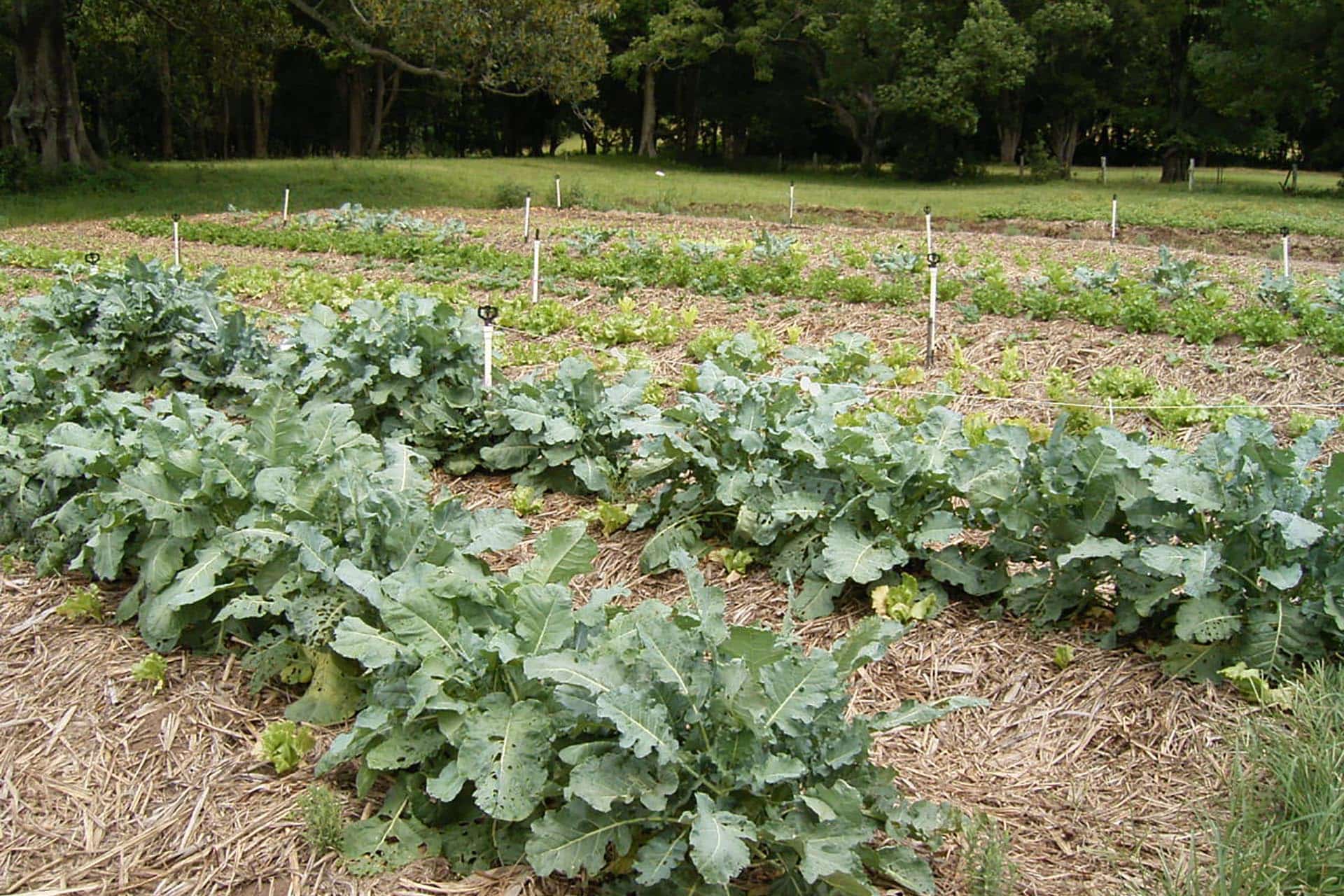
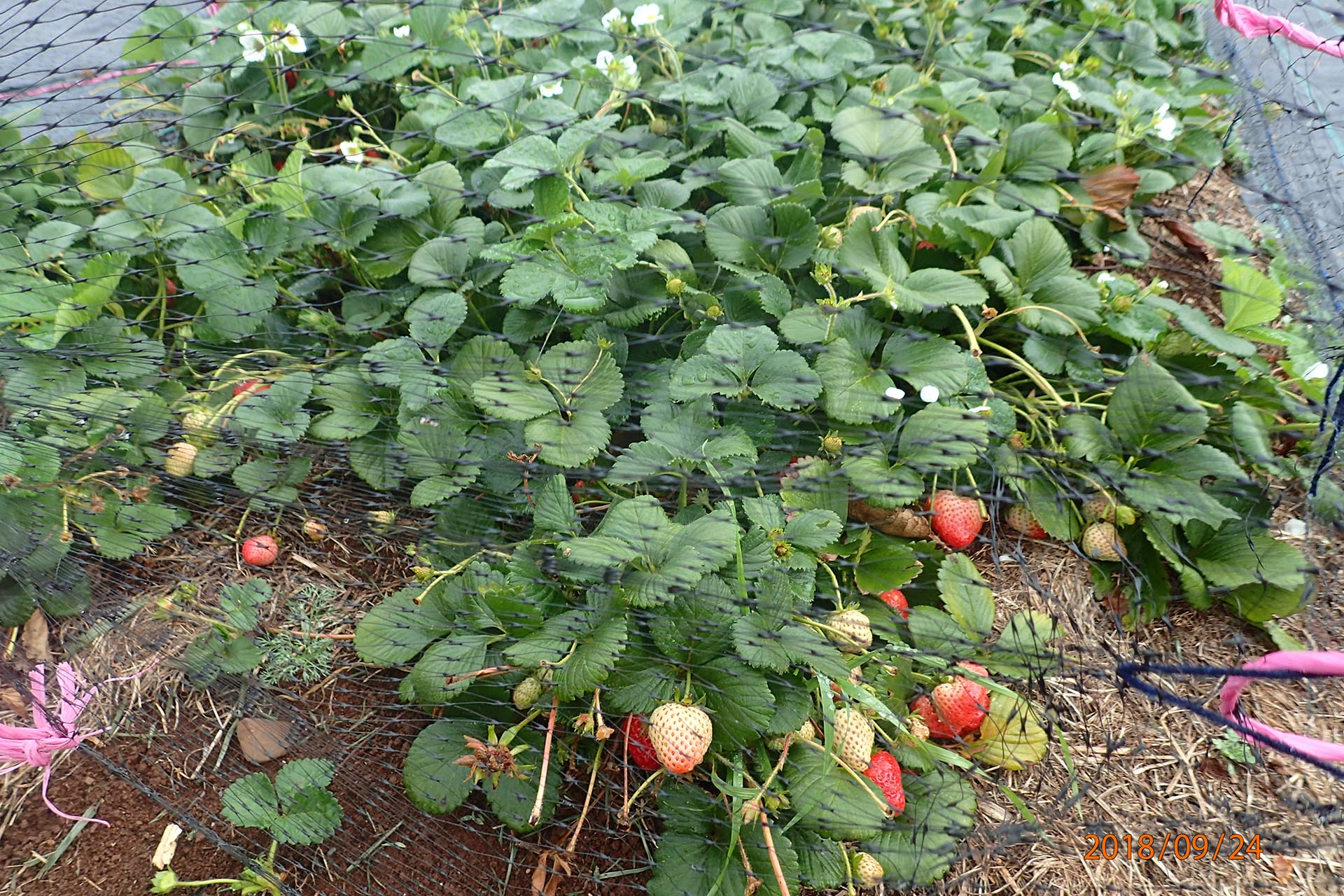
Bad Companions list
Apples – Grass / Potatoes
Asparagus - Onions / Potatoes
Beans – Beetroot (climbing beans) / Fennel / Garlic / Onions (inhibit growth) / Peppers / Sunflowers
Beetroot – Beans (climbing) / Tomatoes
Cabbages (Brassicas) – Garlic / Rue / Strawberries / Tomatoes
Kohlrabi (it is a Brassica)– Tomatoes (kohlrabi reduces the growth of tomato) / Beans
Carrots – Celery / Dill / Parsley
- Dill will cross-pollinate with carrots (same family)- and may stunt the growth of carrots
Celery – Carrots / Parsnip / Potato
Coriander – Fennel (coriander has poor growth in its presence)
Cucumber- Potato / melons /strong aromatic herbs
Dill – Carrots / Coriander / Eggplant / Peppers / Potatoes
Fennel – generally does not mix with other plants and is better grown on its own. It does grow well with dill but when they both flower, they will cross-pollinate.
Garlic –Asparagus / Beans / Peas / Cabbage family / Peas / Strawberries
Hyssop – Radishes
Leek – Beans / Peas / Parsley
Lettuce - Fennel
Mint – Parsley
Onions – Asparagus / Beans / Peas / Potatoes /Sage / other alliums with the exception of leeks (they can be planted with other alliums as they deter onion flies)
- Onion maggots are more likely to be a problem when alliums are planted together- they can travel to other plants easily
Parsnip – Cabbages / Carrots / Celery
Peas – Garlic / Onions (inhibit growth)/ Shallots
Potatoes – Apples / Carrots / Celery / Cherries / Cucumber / Onions / Pumpkin / Raspberries / Rosemary / Sunflowers / Zucchini
- Tomatoes, eggplant and peppers are in the same family – soil disease more likely if planted together
Pumpkins – Potatoes
Radishes – Hyssop / Kohlrabi
Raspberries – Blackberries / Potatoes
Rue – Basil (poisons the rue) / Cabbages / Sage
Spinach – Cabbages (brassicas)
Strawberries – Cabbage family / Garlic / Tomatoes
Sunflowers – Potatoes (sunflower growth becomes stunted) /Beans
Sweetcorn – tomatoes / cabbage
Tomatoes – Apricots / Beetroot / Cabbage family / Eggplant / Fennel / Kohlrabi / Peppers / Potatoes / Rosemary / Strawberries
- Sweetcorn and tomatoes have the same pest in the Helicoverpa caterpillar also called corn earworm and the tomato fruitworm- more likely to attract this pest if grown together
- Potatoes, eggplant and peppers are in same family – soil disease more likely if planted together
- Dill is a good companion when young but mature plants are not- need to harvest the dill before it flowers
Zucchini- potatoes
Companion planting – Herbs
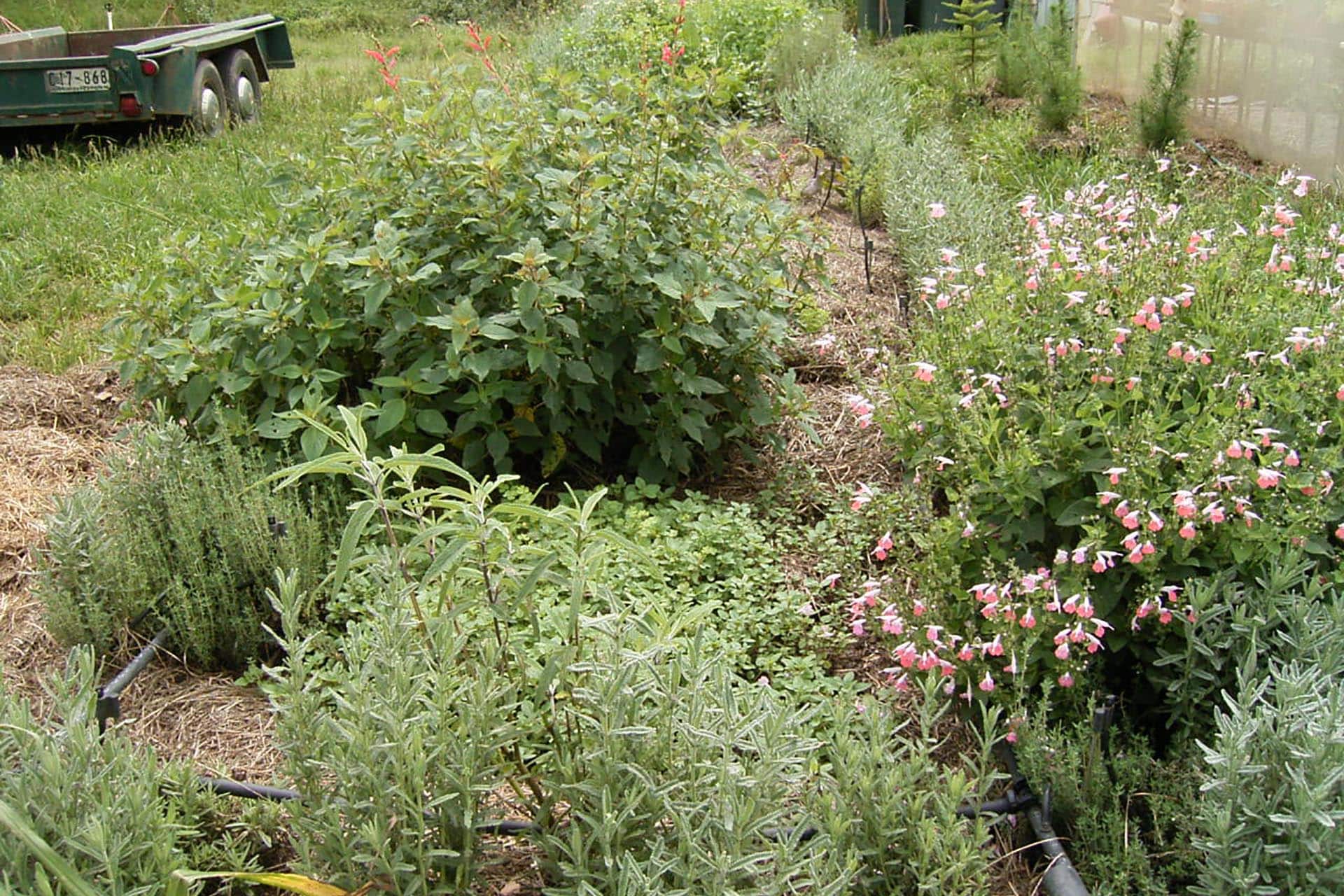
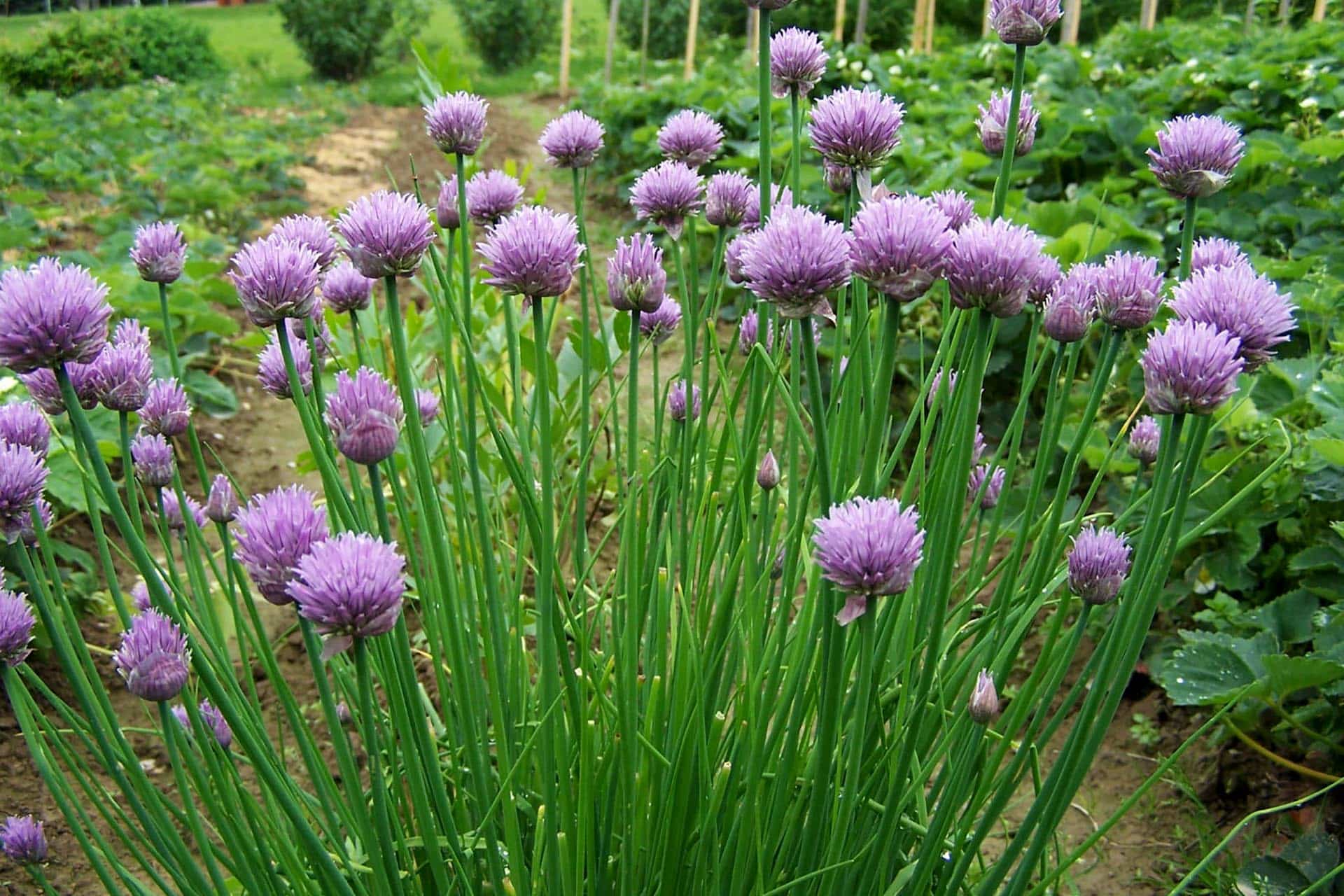
Herbs Companion list
Anise – Coriander (promotes growth)
Basil – Apples /Apricots / Asparagus / Beans / Grapes / Onions / Parsley / Peppers / Potatoes / Summer savory /Tomatoes
- Improves health and flavour of nearby herbs
- Repels flies and mosquitoes
Borage – / Broad beans / Cucumbers / Grapes / Marrow/ Strawberries / Squash (Cucurbits)/ Tomatoes (deters tomato caterpillar) / Zucchini (courgettes)
- Strawberries -borage encourages the growth of strawberries so the fruit is healthy and tasty, and the leaves are more resistant to fungi and other diseases. Unfortunately it has a sprawling nature and can smother the strawberry plants.
Calendula – Artichokes / Beans (all varieties) / Peas / Potatoes
Catnip – Beetroot /Pumpkins / Squash
- Repels pests including mice and rats
- Attracts bees
Chamomile (Roman or German) – Cabbage family / Cucumber / Mint ( enhances the flavour ) / Onions / Peas / Tomatoes
- Chamomile is generally good for other plants as it improves their health and promotes the production of essential oils, improving the flavour.
- Attracts beneficial insects.
Chervil – Coriander / Dill / Radishes
Chives – Apples (growing chives near apple trees will help keep the trees free of apple scab) / Cabbage / Carrots / Dill / Grapes / Leeks /Parsley / Roses / Tomatoes
- Repels aphids, carrot fly, whitefly
Coriander (Cilantro)– Anise / Chervil / Cabbage family /Carrots / Dill / Radishes / Spinach
- Deters spider mites, aphids
Dill – Cabbage family / Carrots / Celery / Coriander / Cucumbers /Leeks / Lettuce /Onions / Sweetcorn / Tomatoes
- Improves health, growth and flavour
- Deters spider mites, aphids
Geraniums – Grapes
- Repels cabbage caterpillar
Horseradish – Fruit trees / Potatoes
Hyssop – Grapes / Cabbage family
Lavender – Cabbage / Citrus / Tomatoes
- Repels pests / attracts butterflies
Lemon balm – Potatoes / Tomatoes
Lovage – improves health and flavor of plants growing nearby.
Marjoram –Beans / Broccoli / Cabbage / Potatoes
- Marjoram generally improves the growth and flavour of plants growing nearby.
Marigolds – Lettuce / Potatoes / Tomatoes / Roses / Beans
Mint – Cabbage family / Peas / Tomatoes
Nasturtiums – Apples / Apricots / Cabbage family /Cucumbers / Turnips / Radishes / Zucchini (Courgettes)
- Deter pests although they do attract aphids- often used as a decoy plant
- Attract beneficials
Oregano – Cabbage family
- Generally a good companion to all vegetables
Parsley – Artichokes / Asparagus / Chives / Lettuce /Mint / Potatoes /Roses / Sweetcorn / Tomatoes
Rosemary –Beans / Cabbage family / Carrots / Peppers / Sage (stimulate growth in each other) / Tomatoes
- Deters cabbage moth, bean beetles, and carrot fly
Sage – Rosemary / Carrots / Cabbage family / Grapes / Tomatoes (gives strength and energy to plant)
Deters cabbage moth and carrot fly and repels some beetles and flies
Savoury- summer – Beans / Onions / Potatoes
Sunflowers – Squash / Cucumber
Tansy – Cabbages / Roses / Raspberries / Grapes
- Tansy is a strong insect repellent.
Tarragon – Eggplant
- Good companion to most vegetables- improves flavour.
Thyme – Beans /Cabbage family (deters cabbage caterpillar) / Eggplant / Lettuce
Yarrow – Raspberries / Sweetcorn
- Attracts beneficial insects
Plant root depth
Another consideration when planting different types of plants together is how their root system grows. Plants which have roots close to the surface should be planted next to those which have deeper roots. Planting vegetables with different root-growth habits together will utilise nutrients from varying soil depths and thus reduce competition between the plants.
Plants with shallow roots (30-45 cm)
Broccoli / Brussels sprouts / Cabbage / Cauliflower / Celery / Chinese cabbage / Corn / Endive / Garlic / Kohlrabi / Bok choi / Lettuce / Onions (Leeks, Chives) / Potatoes / Radish / Spinach / Strawberries
Plants with moderate-depth roots (45-60 cm)
Beans / Beets / Cantaloupe (Rockmelon) / Carrots / Chard / Cucumber / Eggplant / Kale / Peas / Peppers / Squash (summer) / Turnips
Plants with deep roots (60-75 cm or more)
Artichokes / Asparagus / Okra / Parsnips / Pumpkins / Rhubarb / Sweet potatoes / Tomatoes / Watermelon / Squash (winter)
